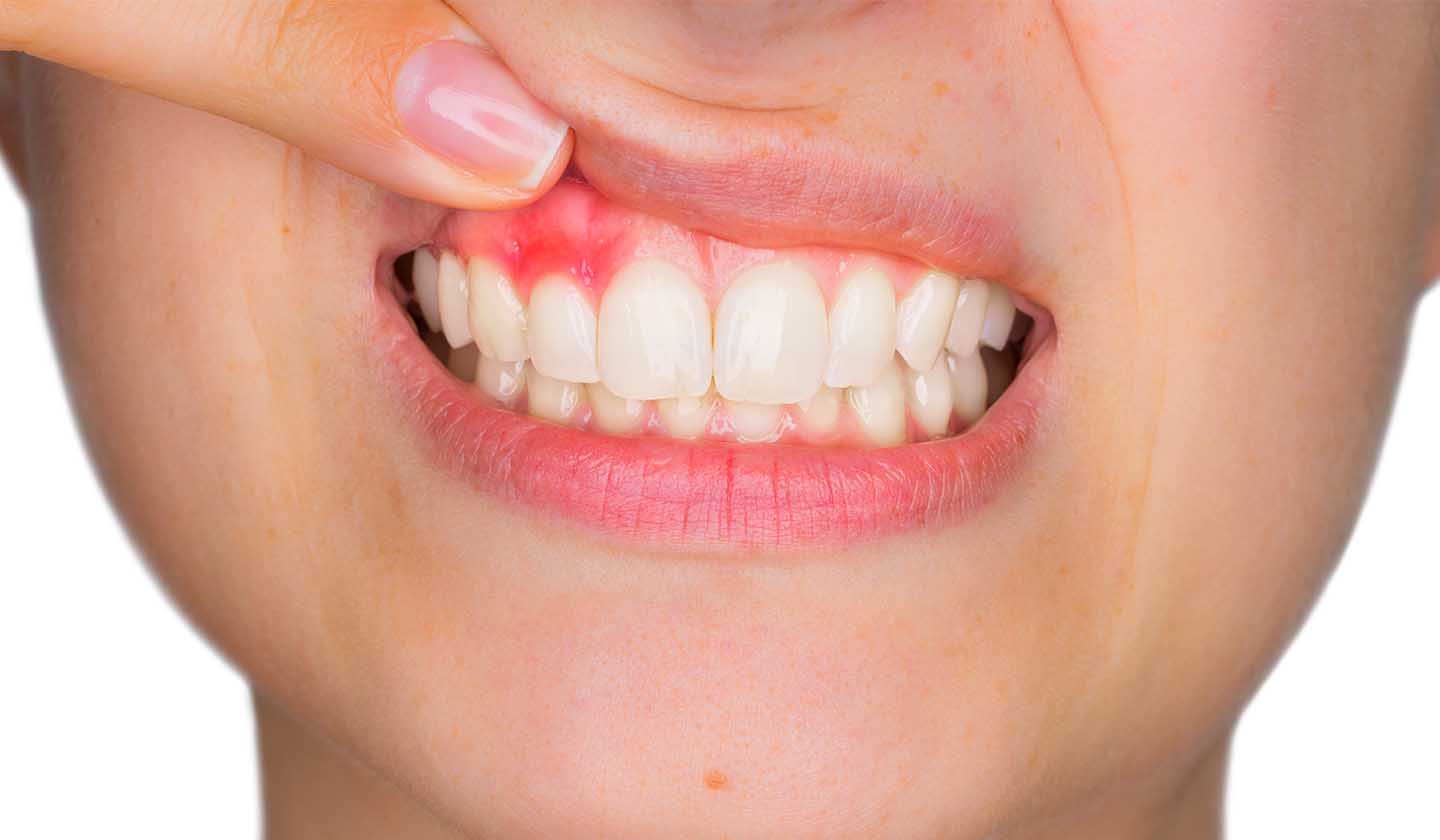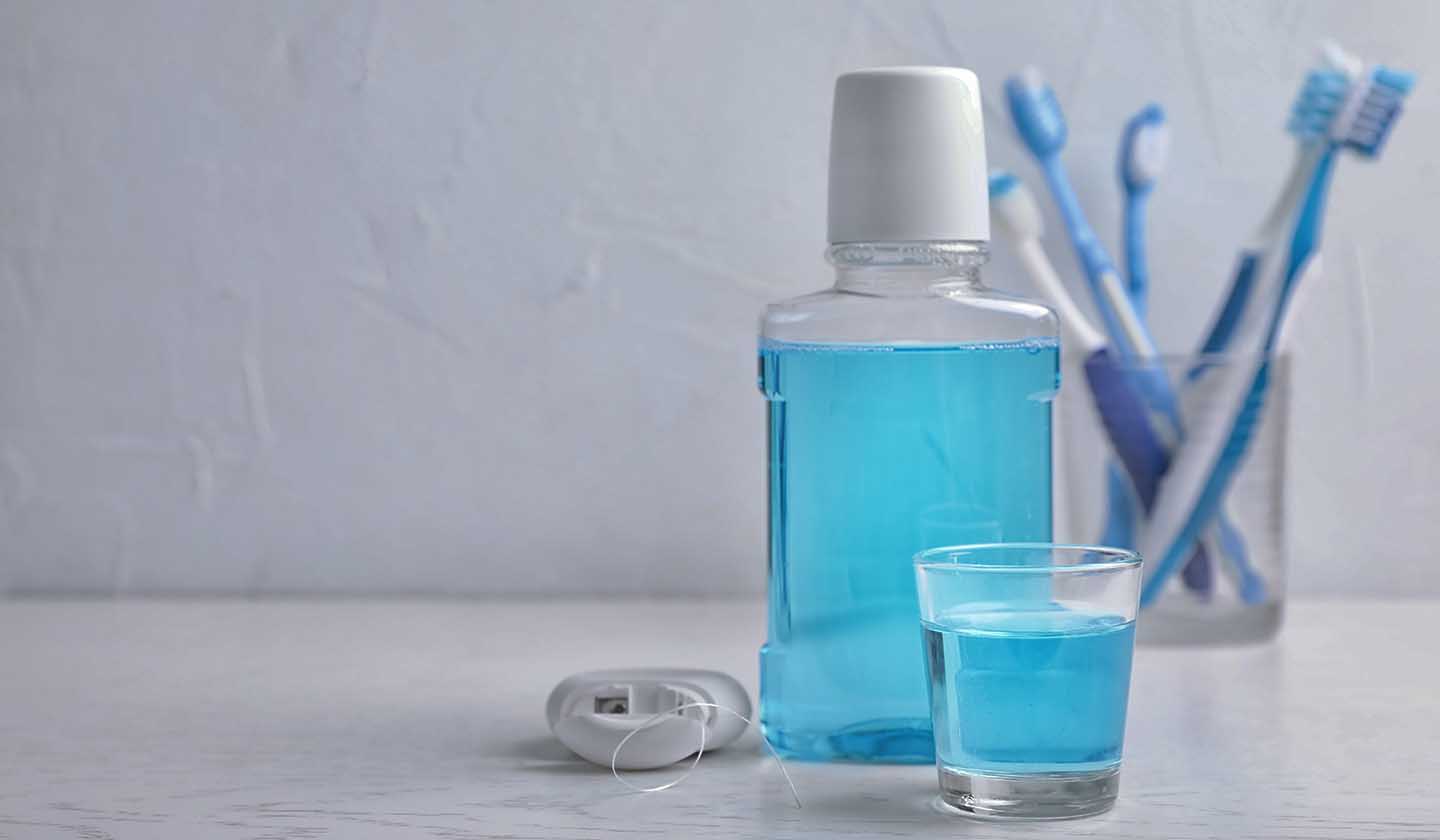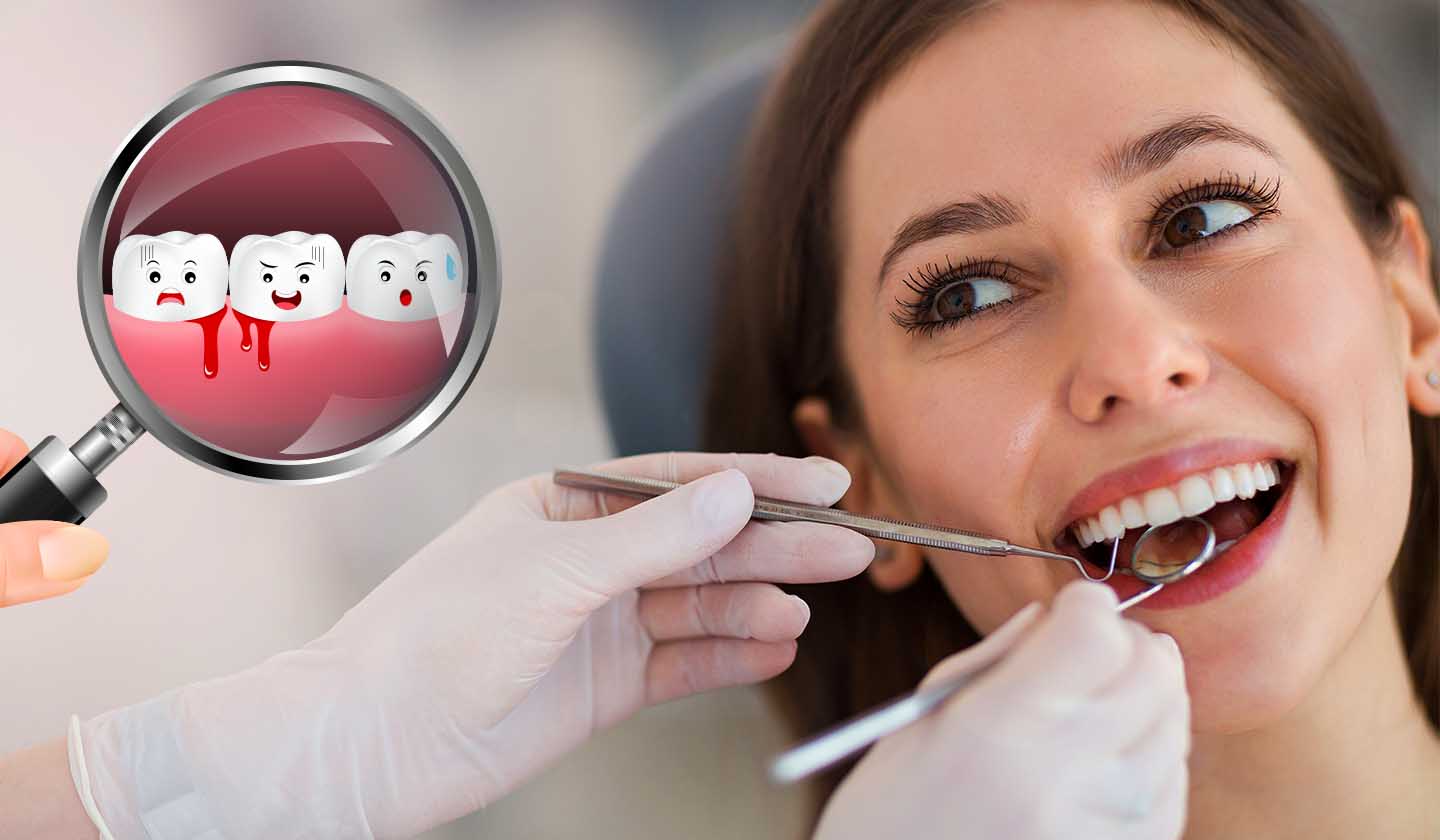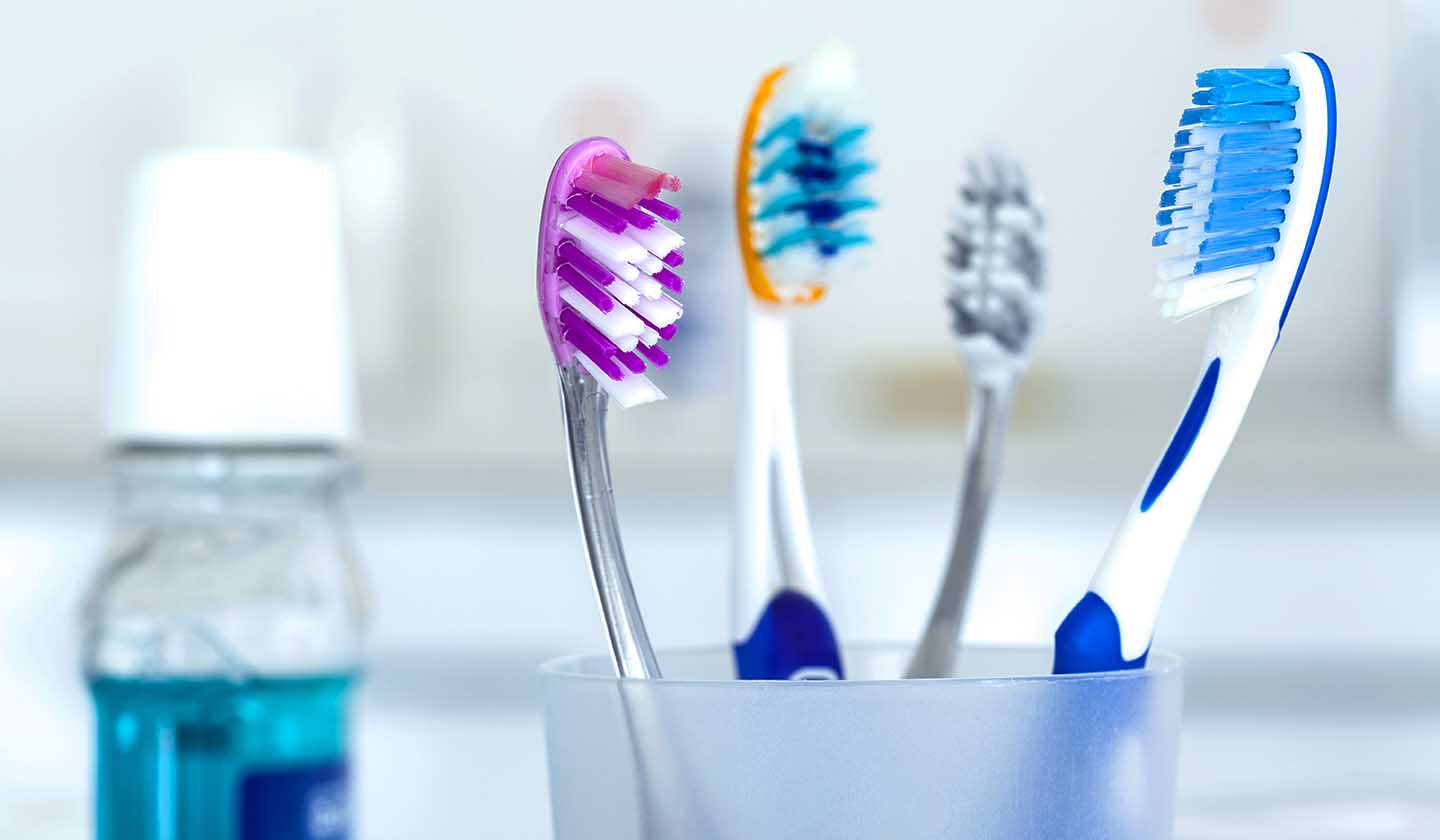Mouth and teeth
Gingivitis - Your oral test

Red and swollen gums can be a sign of gingivitis, a common oral health problem which is often caused by a poor oral hygiene. Correct brushing is half the battle to have a healthy mouth.

Gingivitis is...
Gingivitis is a common inflammation of the gums caused by the accumulation of bacterial plaque.
Plaque is a sticking film composed of bacteria and food residues. It is formed between teeth and gums: it has a soft and transparent consistency at first, but if it is not removed, it ends up hardening, forming a calcified plaque known as tartar. The tartar deposited in the gap between the gums and the teeth causes the redness and swelling which are common characteristics of a gingivitis.

A matter of hygiene
Gingivitis are mostly due to poor oral hygiene because daily teeth brushing contributes to the removal of plaque, preventing it from turning into tartar. But there are other causes:
- Genetics - there is a greater genetic susceptibility to the development of the bacteria that may be associated with the formation of plaque;
- Diseases that cause a decrease in the body's defences (ex: diseases that affect the immune system, such as AIDS and other diseases with a higher risk of developing infections, such as diabetes);
- Medications that cause gum growth, making it difficult to eliminate the bacterial plaque, such as cyclosporine (an immunosuppressant used after organ transplants to prevent organ rejection) and medications to control blood pressure (calcium channel blockers, such as amlodipine);
- Hormonal changes - in pregnancy, for example, gums sensitivity increases;
- Vitamin deficiency - vitamin C and B3 deficiency.

Keeping an eye on the gums
Gingivitis sets on discretely as it causes little pain in its initial stage, thus going unnoticed. However, once developed, symptoms can be easily detected. Healthy gums are firm and pink. Diseased gums have a quite different aspect:
- Reddish
- Swollen
- Sensitive and painful to touch
- Gums that bleed when brushing, flossing and even chewing;
- Sores in the mouth and bad breath or unpleasant taste.

For a healthy mouth
Prevention is always better than cure. Therefore:
- Brush your teeth “2x2x2”, that is, at least 2 times a day, for 2 minutes, wait 2 hours after brushing to eat. Always brush your teeth before going to bed;
- Use a fluoride toothpaste (with, at least, 1000 to 1500 ppm, the recommended concentration to prevent cavities - check the packaging);
- Use an appropriately sized toothbrush, with a small, soft head to prevent gum damage;
- Replace the brush every 3 to 4 months, as the bristles get worn and deformed;
- Use collutories / elixires, interdental brushes, tape, or dental floss specially every day, as they are specially recommended for removing interdental plaque. This way you will be able to clean the spaces between the teeth more efficiently;
- Visit your dentist regularly.
Sources
iSaúde
Farmácia Distribuição Magazine
Também lhe poderá interessar
Mouth and teeth
Healthy mouth - At all ages
Digestive system






